Home>Articles>What Kind Of Laser Level Do I Need To Build Pole Buildings
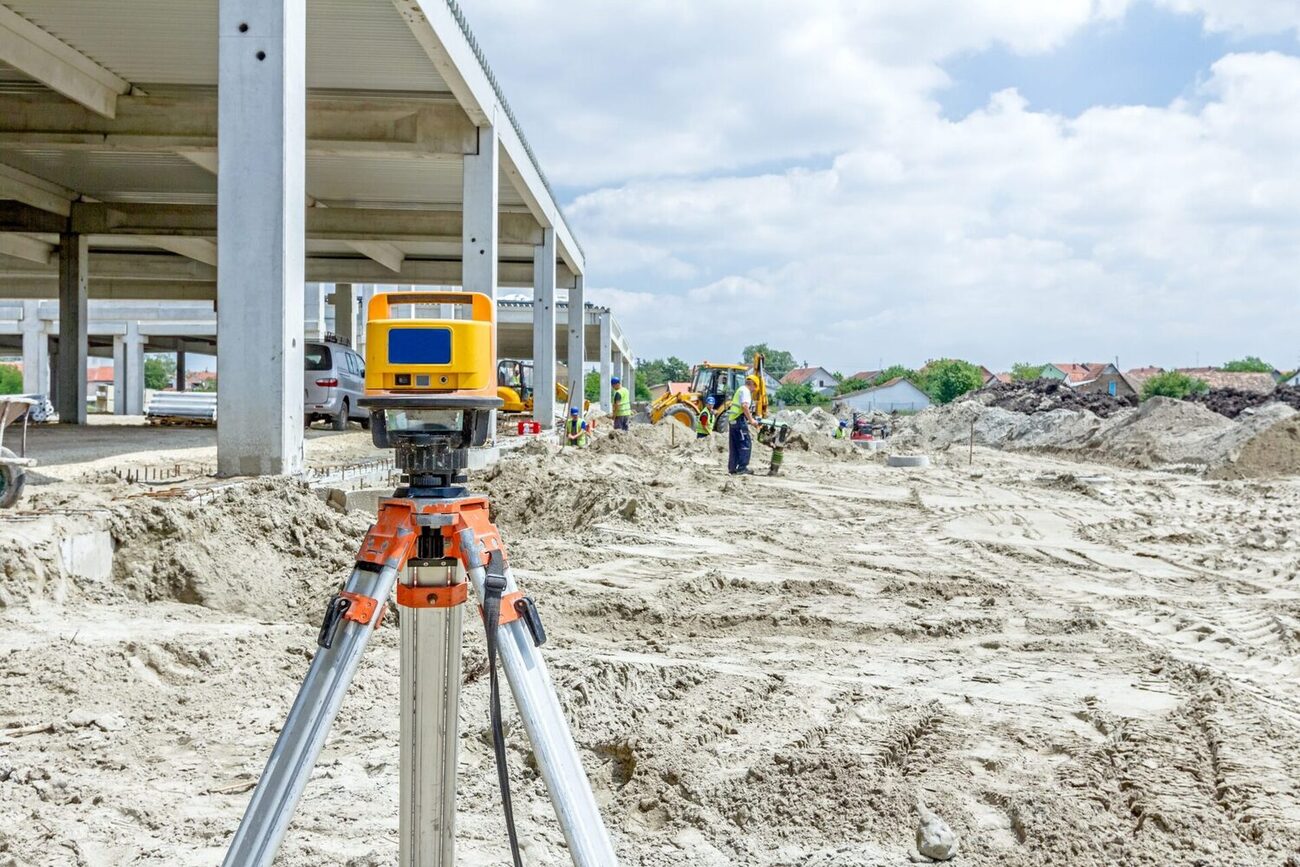

Articles
What Kind Of Laser Level Do I Need To Build Pole Buildings
Modified: February 22, 2024
Looking for articles on what kind of laser level to use for building pole buildings? Find all the answers and expert advice you need to get started.
(Many of the links in this article redirect to a specific reviewed product. Your purchase of these products through affiliate links helps to generate commission for Storables.com, at no extra cost. Learn more)
Introduction
Building pole buildings requires precision and accuracy. Whether you are constructing a barn, a shed, or any other type of pole structure, it is vital to ensure that all measurements and alignments are precise. This is where a laser level becomes indispensable.
In the past, builders would spend hours manually measuring and leveling, using traditional tools such as spirit levels and string lines. However, with advancements in technology, laser levels have revolutionized the construction industry, making the process faster, more efficient, and highly accurate.
A laser level is a device that projects a laser beam onto a surface, creating a perfectly level line or a plumb line. This line serves as a reference point for builders, making it easier to achieve straight walls, level floors, and accurately positioned poles.
In this article, we will explore the importance of laser levels in building pole buildings and provide valuable insights to help you choose the right type of laser level for your construction needs. So let’s dive in and discover how laser levels can enhance the construction process and ensure the success of your pole building project.
Key Takeaways:
- Laser levels are indispensable for pole building construction, providing accurate measurements, straight walls, and level floors. They enhance efficiency, reduce errors, and contribute to the durability of the structure.
- When choosing a laser level for pole building construction, consider factors such as accuracy, range, visibility, and durability. Investing in the right type of laser level ensures precise measurements and efficient construction processes.
Understanding Pole Buildings
Pole buildings, also known as post-frame buildings, are a popular choice for many construction projects. They offer a versatile and cost-effective solution for a wide range of structures, including agricultural buildings, commercial warehouses, and residential garages.
The concept behind pole buildings is simple yet effective. Instead of the traditional foundation and framing methods, these structures rely on large poles, typically made of wood or steel, that are set deep into the ground. These poles serve as the primary support system for the building, with horizontal beams, known as girts and purlins, connecting them. The walls and roof of the building are then attached to these beams.
One of the main advantages of pole buildings is their flexibility in design and layout. Since the poles carry the weight of the structure, there is no need for extensive foundation work or interior load-bearing walls. This allows for open floor plans and customizable interior spaces according to the specific needs of the building.
Additionally, pole buildings can be constructed relatively quickly compared to traditional construction methods. The absence of a conventional foundation significantly reduces excavation and pouring concrete, resulting in a faster building process. This makes them an attractive option for those seeking a time-efficient construction solution.
Moreover, pole buildings are known for their durability and strength. The deep-set poles provide stability, and the use of quality materials ensures the longevity of the structure. These buildings are designed to withstand harsh weather conditions, making them a reliable choice for various applications.
With their numerous benefits, pole buildings have become increasingly popular in recent years. However, it is crucial to ensure precise construction and accurate measurements to achieve a sturdy and well-built structure. This is where laser levels come into play, ensuring that every aspect of the building is level, plumb, and aligned.
Importance of Laser Levels in Building Pole Buildings
When it comes to constructing pole buildings, precision is key. A slight miscalculation or misalignment can have significant consequences on the overall integrity and functionality of the structure. This is where laser levels prove to be invaluable tools for builders. Here’s a look at the importance of laser levels in building pole buildings:
1. Accurate Measurements: Laser levels provide builders with precise measurements, ensuring all components of the structure are level and plumb. From aligning the poles to installing the beams and connecting the walls, the laser level serves as a reliable guide for achieving accurate measurements at every step of the construction process.
2. Straight Walls: A laser level projects a straight horizontal or vertical line, allowing builders to ensure that the walls are perfectly plumb and aligned. This is crucial for both the aesthetic appeal and stability of the building. Straight walls ensure that windows and doors fit correctly, preventing any leaks or drafts.
3. Level Floors: With a laser level, builders can easily check and maintain the levelness of the floors. This is particularly important for pole buildings that have concrete floors, as any deviations in the level can lead to water pooling or structural issues. By using a laser level during the floor installation process, builders can ensure a flat and level surface.
4. Proper Pole Alignment: The alignment of poles is crucial for the structural integrity of a pole building. A laser level helps determine the precise placement and alignment of each pole. This ensures that the load-bearing capacity of the poles is properly distributed and that the building can withstand the intended weight and external forces.
5. Efficient Construction Process: Laser levels make the construction process more efficient and time-effective. Builders can quickly set up the laser level, project the necessary lines, and work accordingly. This saves valuable time compared to traditional leveling methods, such as using spirit levels or string lines.
6. Cost-Effective Solution: By using a laser level, builders can minimize errors and rework, resulting in cost savings. Accurate measurements and alignments reduce the need for corrections and adjustments, reducing material waste and labor costs.
7. Versatile Applications: Laser levels are versatile tools that can be used for various construction tasks. From leveling scaffolding to aligning roof trusses, a laser level proves to be useful in numerous aspects of pole building construction.
Overall, laser levels play a crucial role in ensuring the accuracy, stability, and efficiency of pole building construction. By providing precise measurements and clear reference lines, these tools enable builders to achieve superior results, resulting in durable and aesthetically pleasing structures.
When building pole buildings, it’s important to use a laser level with a high level of accuracy and a long working range. Look for a laser level with a minimum accuracy of 1/8 inch at 30 feet and a working range of at least 100 feet for best results.
Factors to Consider When Choosing a Laser Level for Pole Buildings
Selecting the right laser level for your pole building project is essential to ensure precise measurements and accurate alignments. With a wide range of options available in the market, it’s important to consider the following factors when choosing a laser level for pole buildings:
1. Accuracy: The accuracy of the laser level is of utmost importance. Look for a laser level with a high level of accuracy, typically measured in fractions of an inch. The higher the accuracy, the more reliable and precise your measurements will be throughout the construction process.
2. Range: Consider the required range for your project. Depending on the size and scale of your pole building, you may need a laser level with a longer range to cover larger distances. Ensure that the laser level you choose has a range suitable for your specific needs.
3. Self-Leveling Capability: Opt for a self-leveling laser level, as it automatically adjusts and maintains a level line even on uneven surfaces. This feature saves time and ensures accurate measurements, especially when working on sloping or uneven terrain.
4. Visibility: Consider the visibility of the laser beam. The laser level should produce a clear, bright, and easily visible beam, even in bright or outdoor conditions. This ensures that the laser line is visible over longer distances, making it easier to work with.
5. Durability: Construction sites can be demanding and harsh environments. Choose a laser level that is built to withstand rugged conditions, such as dust, moisture, and accidental impacts. Look for a model with a durable housing and reliable internal components to ensure long-lasting performance.
6. Mounting Options: Check the mounting options available with the laser level. It should be compatible with various mounting systems, allowing you to easily attach it to tripods, poles, or other support structures. This flexibility ensures ease of use and adaptability to different construction scenarios.
7. Battery Life: Consider the battery life of the laser level. A longer battery life will help you complete your project without interruptions. It’s also beneficial to choose a laser level with a rechargeable battery option to save on battery costs in the long run.
8. Additional Features: Look for additional features that can enhance your construction process. Some laser levels offer features like remote control operation, multiple laser lines for different applications, or the ability to project plumb lines. Evaluate your specific needs and choose a laser level that offers the desired features.
9. Price: Set a budget for your laser level purchase and compare different models within that price range. While it’s important to consider cost, remember that investing in a reliable and accurate laser level is crucial for the success of your pole building project.
By considering these factors, you can make an informed decision and choose a laser level that meets your specific requirements. A high-quality laser level will ensure precise measurements, accurate alignments, and efficient construction, ultimately contributing to the successful completion of your pole building.
Type of Laser Level to Consider
When selecting a laser level for your pole building construction, it’s important to consider the specific type that will best suit your needs. Here are some commonly used types of laser levels to consider:
1. Rotary Laser Level: A rotary laser level emits a rotating laser beam in a 360-degree horizontal plane. This type of laser level is ideal for large-scale projects and outdoor use. It offers excellent visibility over long distances, making it suitable for leveling and alignment tasks in pole building construction.
2. Line Laser Level: Line laser levels project straight lines, either horizontally, vertically, or both. They are commonly used for indoor applications and smaller construction projects. Line laser levels are useful for tasks such as aligning poles, installing beams, and ensuring straight walls in pole buildings.
3. Cross-Line Laser Level: A cross-line laser level emits two or more intersecting lines, both horizontally and vertically. This type of laser level is particularly useful for tasks such as aligning multiple poles, establishing right angles, and ensuring accurate measurements in pole building construction.
4. Point Laser Level: Point laser levels emit multiple laser dots to define precise points in space. They are commonly used for interior construction tasks, such as checking plumb and aligning various components. Point laser levels can be helpful in pole building construction for tasks like aligning doors and windows or installing interior fixtures.
5. Combination Laser Level: Combination laser levels offer multiple functionalities in one device. They combine features such as line projection, point projection, and sometimes rotary capabilities. Combination laser levels provide versatility and convenience, making them suitable for a wide range of pole building construction tasks.
6. Green Beam Laser Level: Green beam laser levels use green laser diodes rather than traditional red diodes. The green beam is generally more visible and easier to see, especially in bright light conditions. Green beam laser levels are beneficial for outdoor applications or tasks that require longer distances and high visibility.
It’s important to assess the specific requirements of your pole building construction project to determine the most suitable type of laser level. Consider factors such as the size of the project, indoor or outdoor use, desired visibility, and the type of measurements and alignments you need to accomplish.
Additionally, take into account your budget and the level of accuracy and durability required for the project. Investing in a high-quality laser level that meets your specific needs will ensure accurate and efficient construction, contributing to the overall success of your pole building project.
Read more: Which Laser Level Do I Need
Conclusion
In the construction of pole buildings, precision and accuracy are paramount. Laser levels have emerged as indispensable tools for ensuring accurate measurements, level alignments, and efficient construction processes. By providing builders with straight lines, accurate reference points, and precise measurements, laser levels significantly improve the overall quality and durability of pole buildings.
Understanding the concept of pole buildings and their advantages sets the foundation for realizing the importance of laser levels in this construction method. Laser levels ensure that the building components, such as poles, walls, and floors, are properly aligned and level. This results in straight walls, level floors, and a structurally sound building.
When choosing a laser level for pole building construction, several factors should be considered. These include accuracy, range, self-leveling capability, visibility, durability, mounting options, battery life, and additional features. By carefully evaluating these factors and selecting the most suitable type of laser level, builders can achieve optimal results in their pole building projects.
Whether it is a rotary laser level for large-scale outdoor construction, a line laser level for precise alignments, or a combination laser level for versatility, each type has its specific advantages. Choosing the right laser level depends on the specific requirements and scale of the project.
In conclusion, laser levels have revolutionized the construction industry, bringing efficiency, accuracy, and reliability to the process of building pole structures. By ensuring precise measurements, level alignments, and optimized construction processes, laser levels contribute to the successful completion of pole building projects while minimizing errors and rework.
Investing in a high-quality laser level is a wise choice for builders aiming to achieve superior results in their pole building construction. From increased productivity and cost savings to improved structural stability and durability, laser levels are indispensable tools that make a significant difference in the quality of pole buildings.
So, embrace the power of laser levels in your pole building construction projects and experience the benefits of precise measurements, level alignments, and efficient construction processes. With the right laser level by your side, you’ll build pole buildings with confidence, accuracy, and excellence.
Frequently Asked Questions about What Kind Of Laser Level Do I Need To Build Pole Buildings
Was this page helpful?
At Storables.com, we guarantee accurate and reliable information. Our content, validated by Expert Board Contributors, is crafted following stringent Editorial Policies. We're committed to providing you with well-researched, expert-backed insights for all your informational needs.
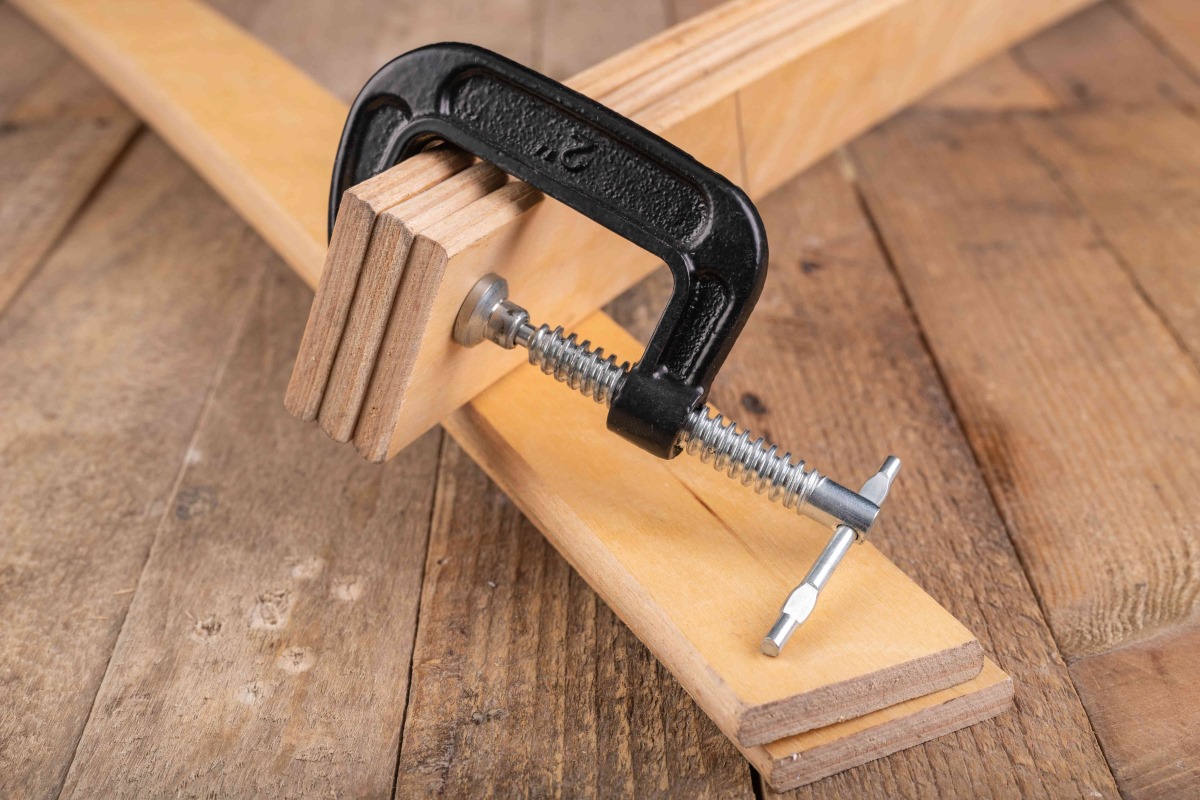
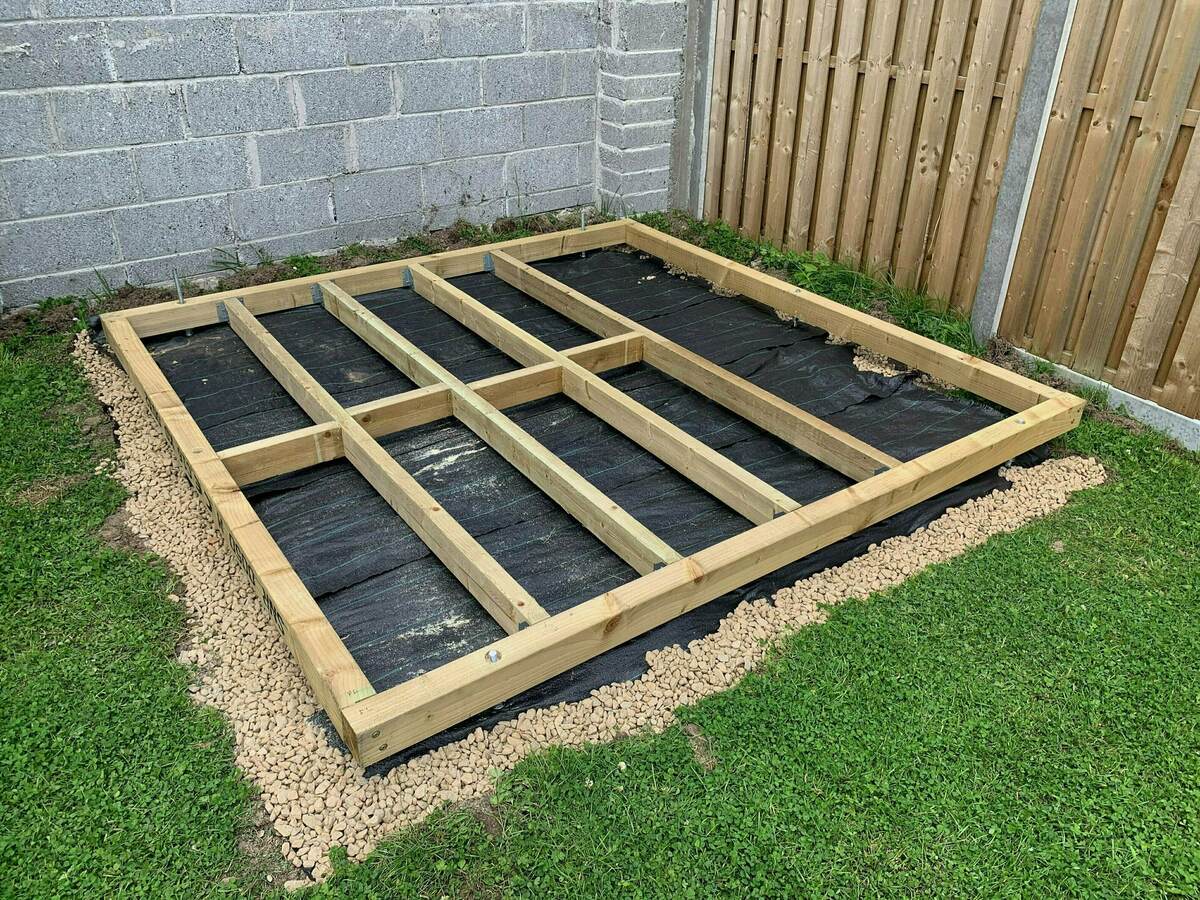
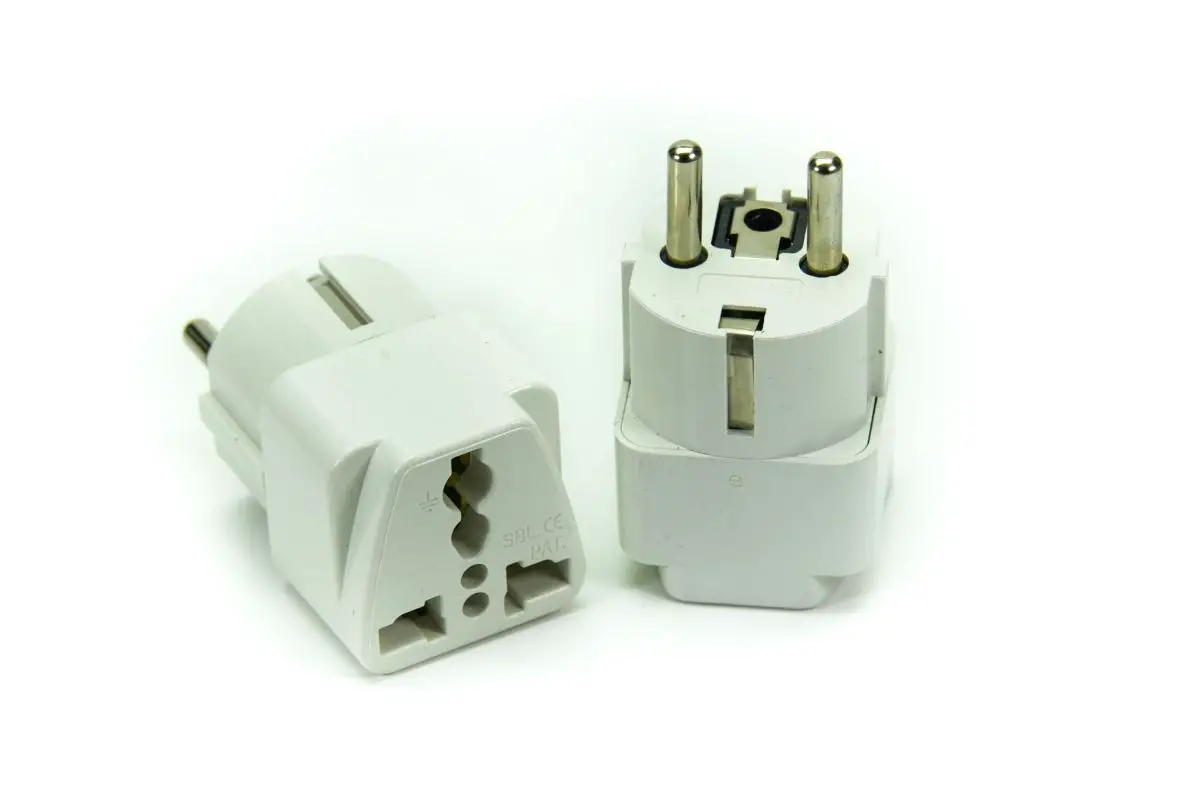
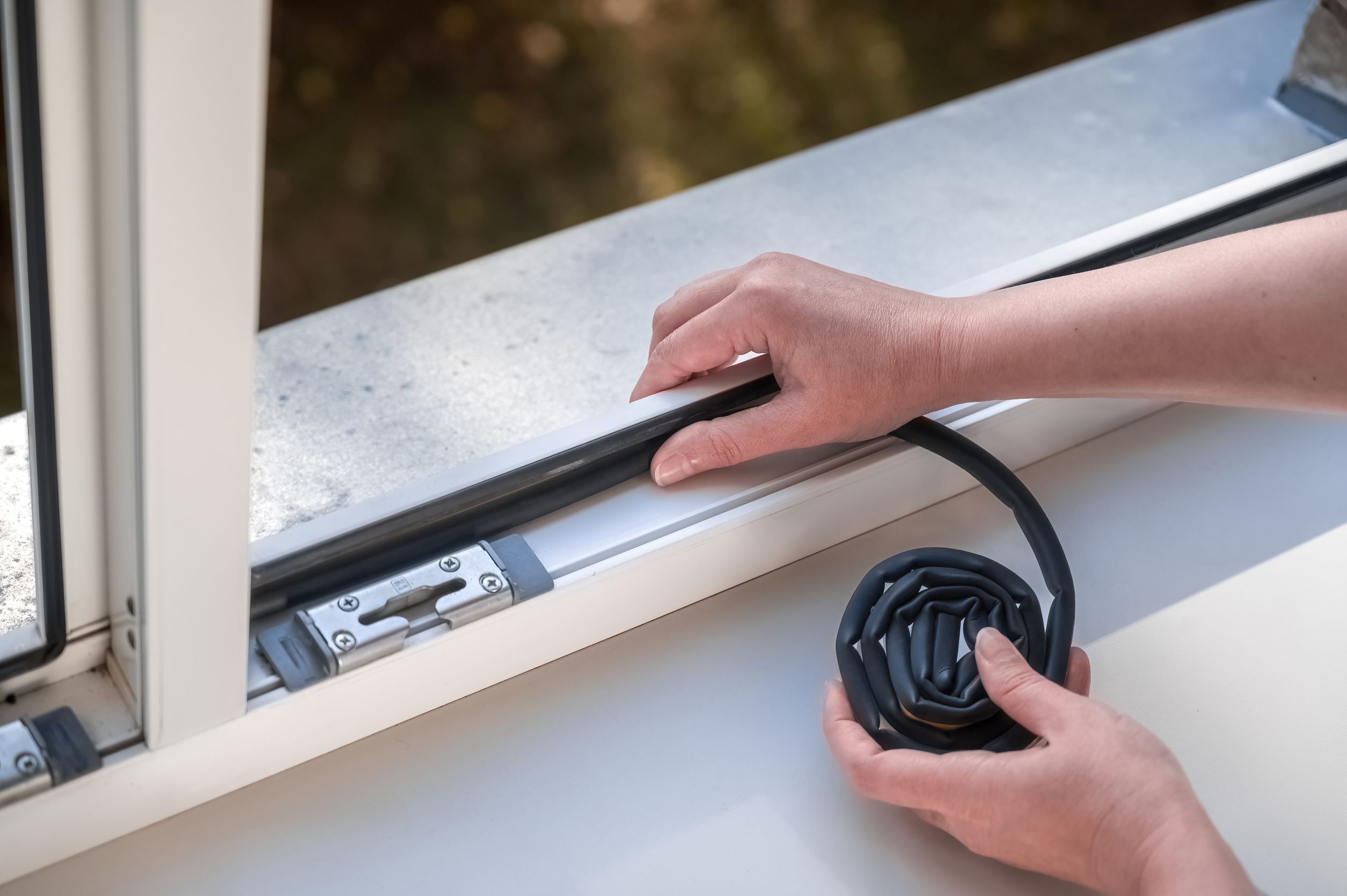

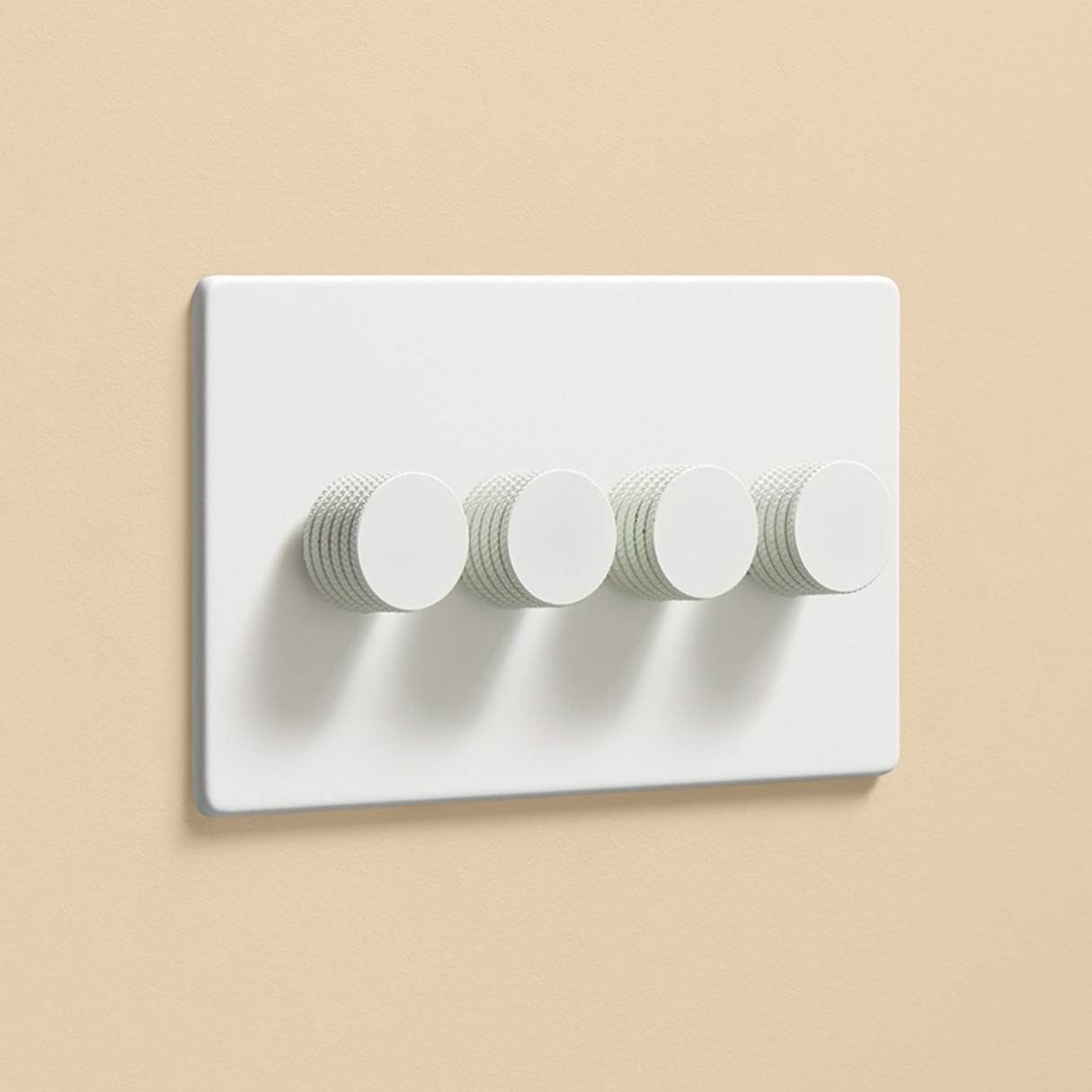
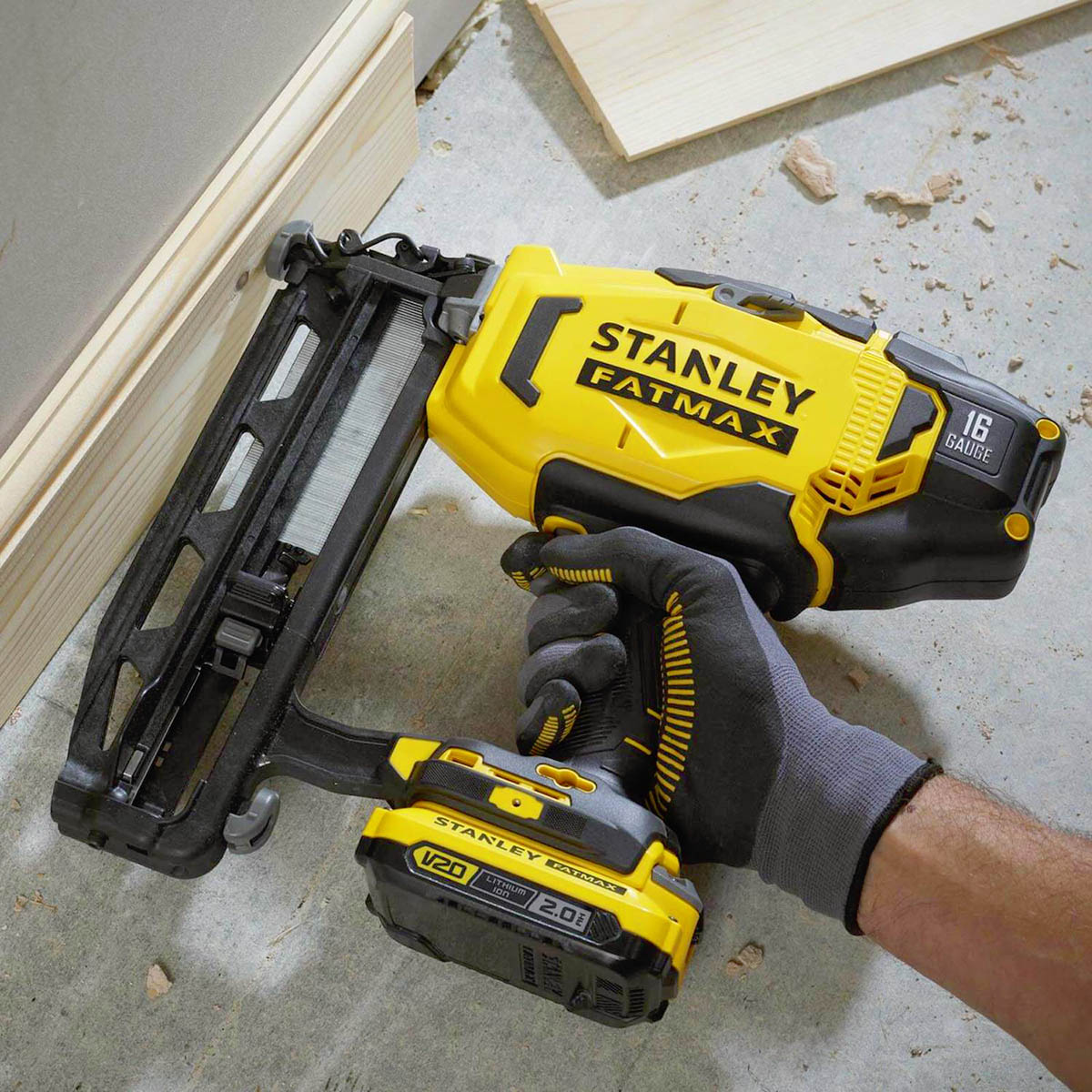


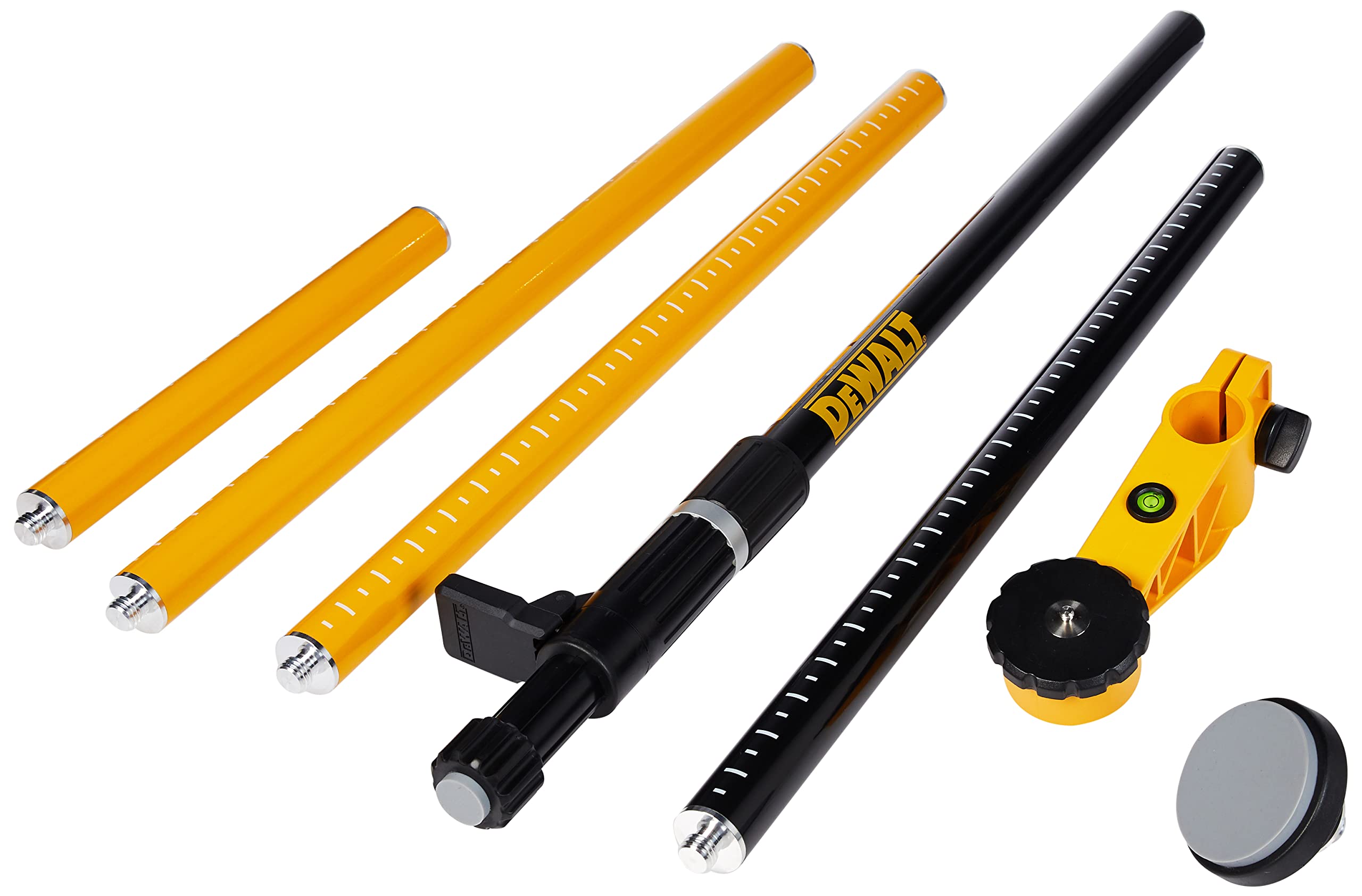

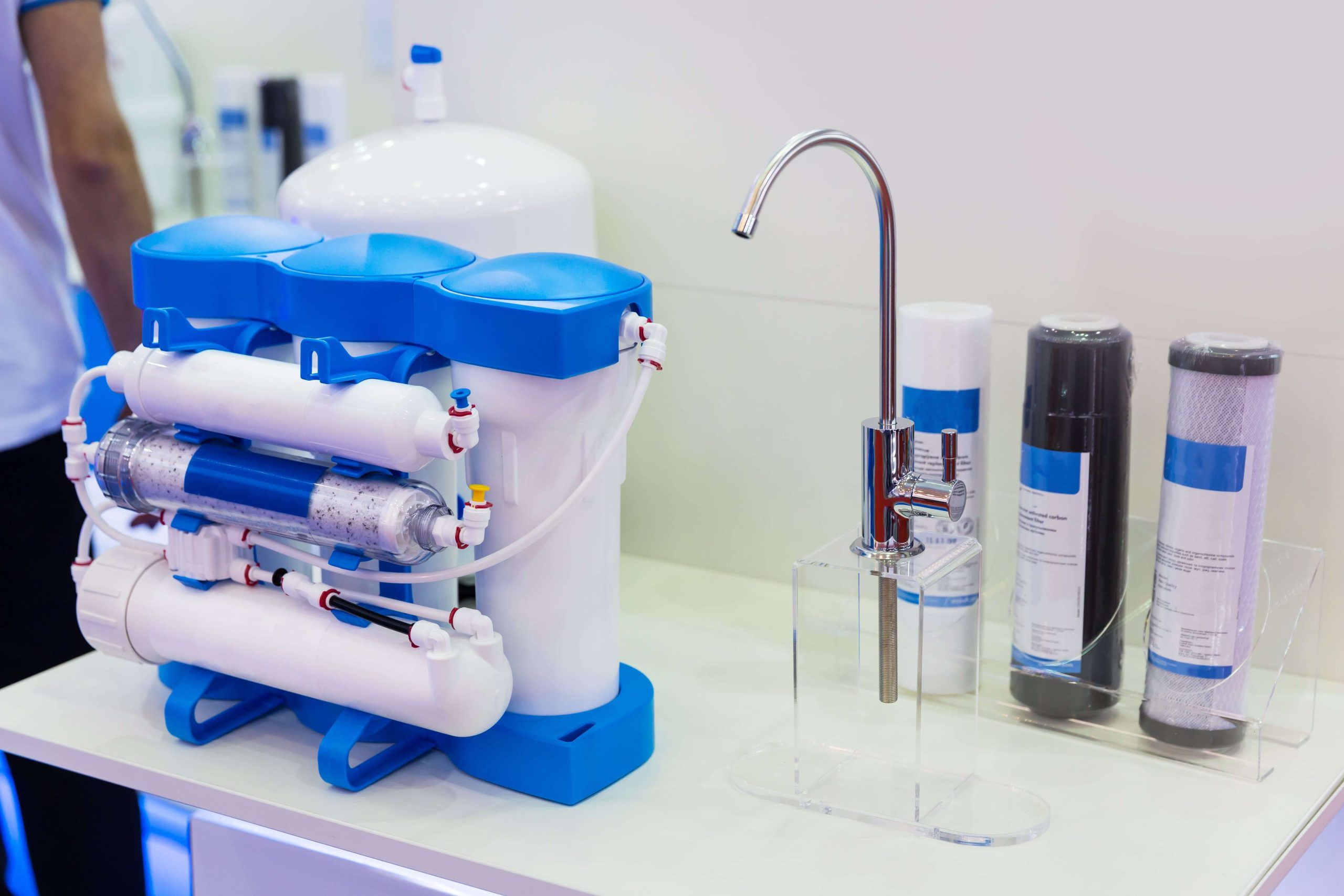
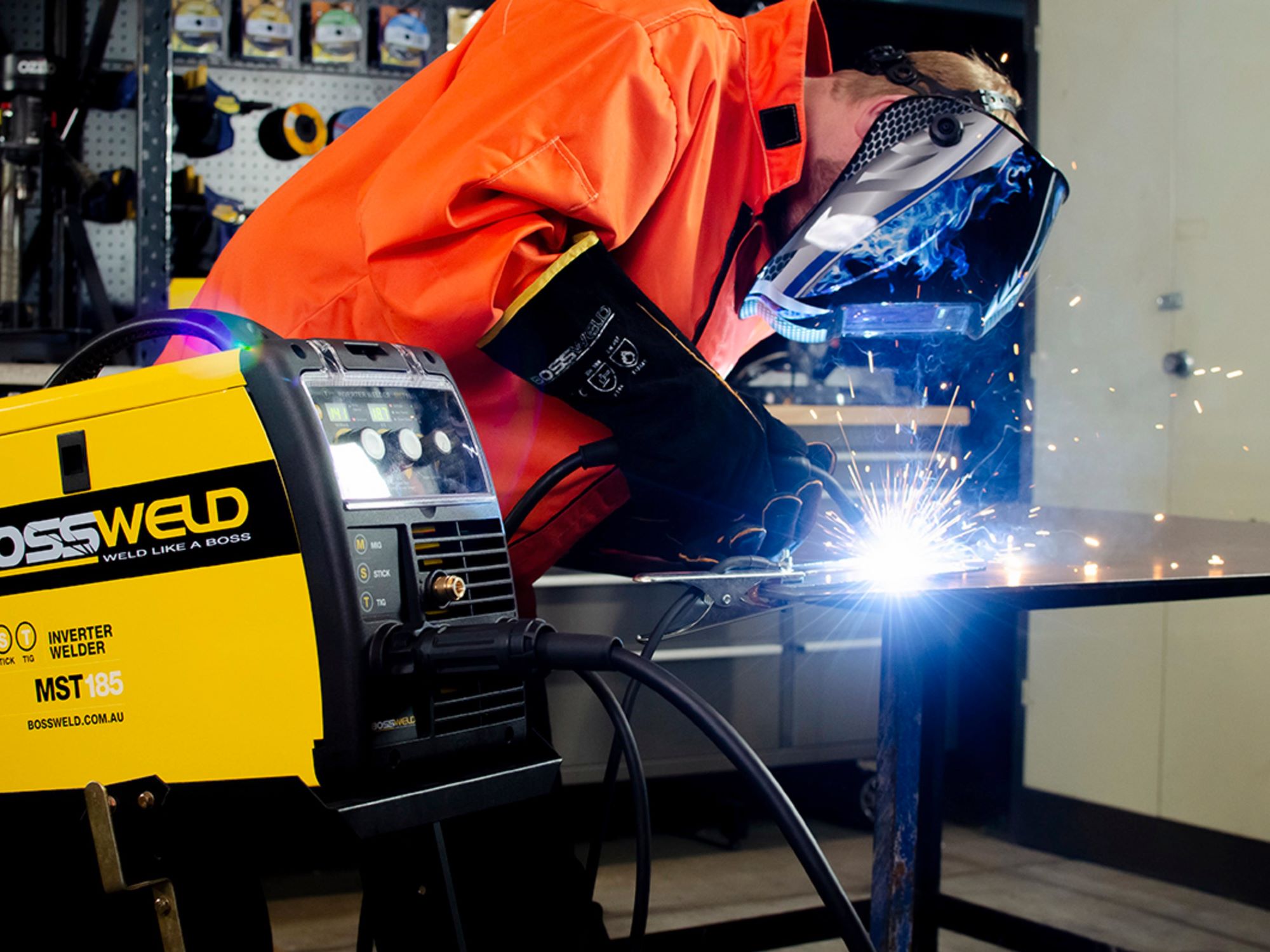


0 thoughts on “What Kind Of Laser Level Do I Need To Build Pole Buildings”